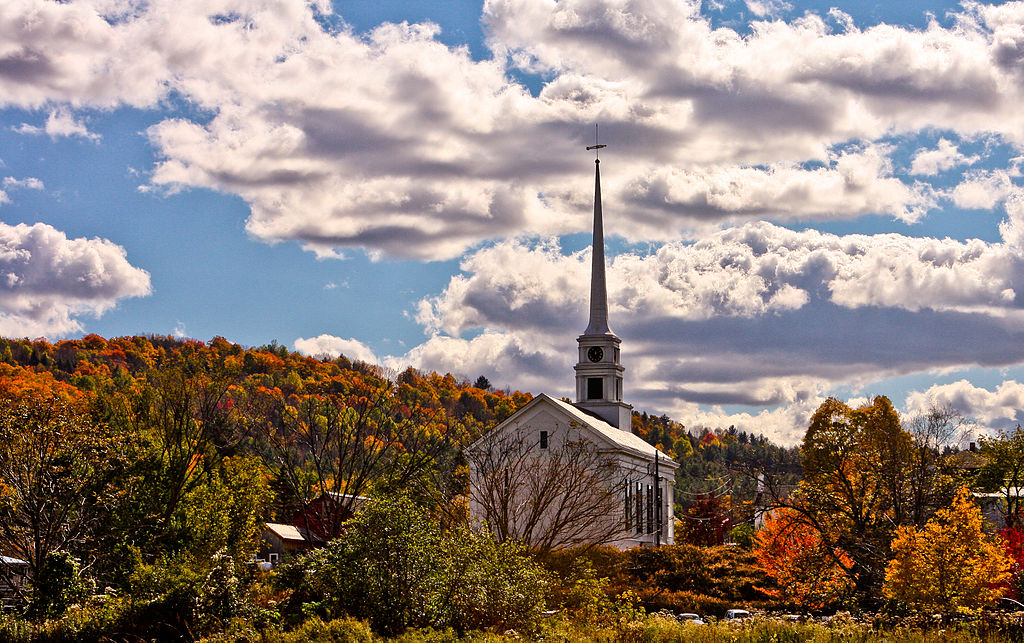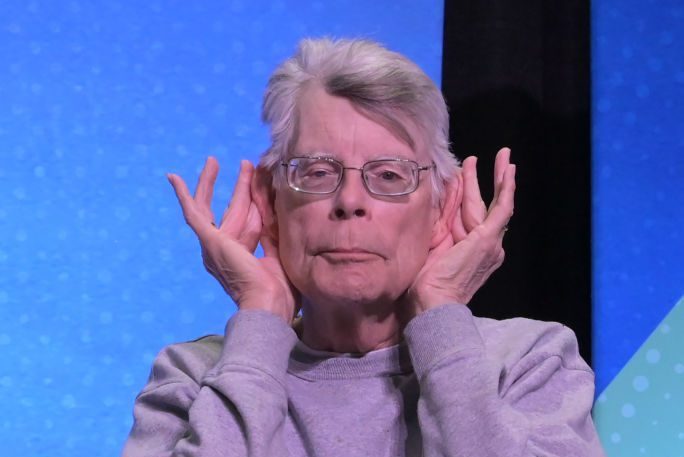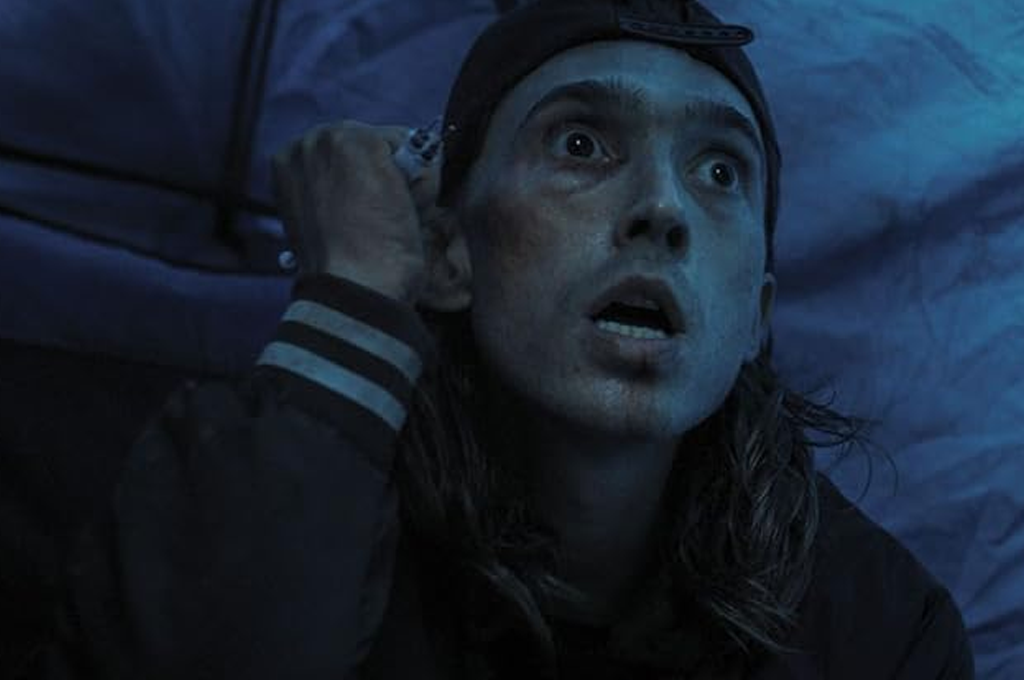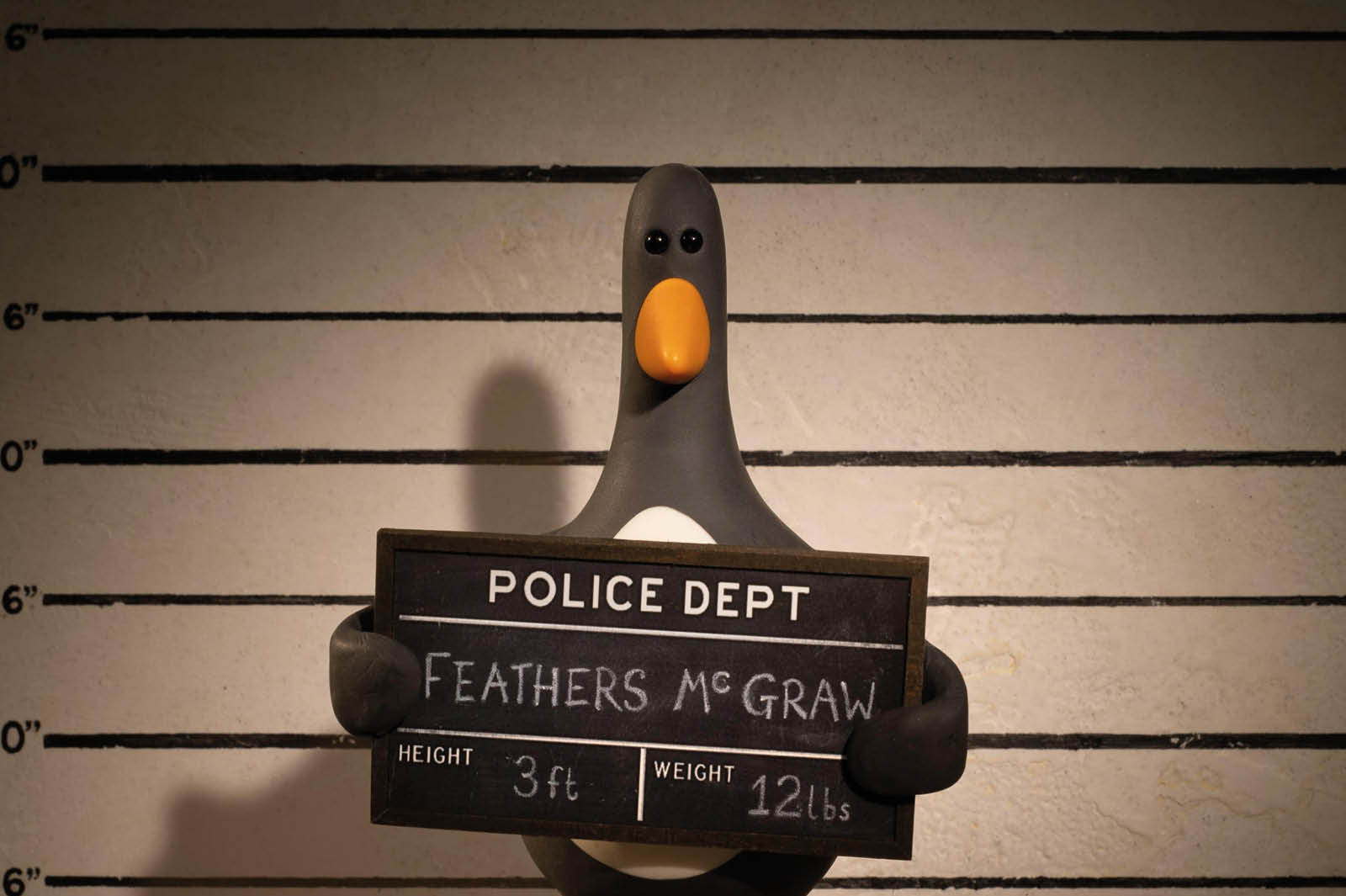There is a spot, about a twenty-minute drive from the New England town in which I grew up, where the devil is said to appear to hikers. It isn’t known why he does this or if he’s ever decent enough to bring a six-pack with him. But the legend is such that a high school friend of mine once refused to go there, presumably out of fear that she’d come back with a hex.
That’s New England for you, where growing up you assume that every town has its eerie old house and every county its howling boarded-up insane asylum. That diabolical trail is just one of countless spooky yarns native to the region, catalogued in collections of ghost stories you can buy in bookstores and airports. New England hardly has a monopoly on spooks — there’s the Jersey Devil, the ghosts of colonial Williamsburg, the zombies who staff Capitol Hill. But there’s still nothing like a good Halloween yarn set in old Yankeedom, where chilly autumn winds rattle the rafters and set adrift the mind.
Don’t just take my word for it. The famous (some would say infamous) ghost hunter Lorraine Warren once told the Los Angeles Times that New England is “the most haunted area of the United States.” It’s easy to understand why. Warren, like me, is from Connecticut, home to, among other hauntings, the abandoned and supposedly cursed village of Dudleytown, so notorious that police have blocked it off to keep away the paranormally curious. The state was also the site of the 1981 murder trial of Arne Johnson, the first case in American history where a defendant pleaded not guilty on grounds of demonic possession. Its reputation for the ghostly is so established that a recent Hollywood film was titled simply The Haunting in Connecticut.
Over the border, now, into Massachusetts, where old manses and lighthouses supposedly teem with the left behind. The Lizzie Borden house, where two people were notoriously hacked to death by an ax murderer, is said to be haunted. And while witch trials took place across New England, the most famous were, of course, in Salem, where 19 people were put to death amid an outbreak of superstitious madness. Those trials had ended by 1693, but supernatural panics still flared up from time to time. As late as 1892, Rhode Islanders were exhuming and hacking apart the dead on the medically questionable grounds that a recent outbreak of tuberculosis had been caused by vampires.
What accounts for all these hauntings? According to Lorraine Warren, it has to do with New England settlements being some of the oldest in America. “It is the old that brings about the ghost syndrome,” she says. And while she has a point, there’s also the matter of those settlers themselves, the Puritans. They brought with them a fervent belief in the supernatural and a stark, often earthly manifested concept of good and evil. Spirits and demons were very real to them. Hence all the spooky legends. Hence also the region’s most famous horror story, Young Goodman Brown by Nathaniel Hawthorne, in which two Puritans encounter a cult of devil worshippers (or do they?).
Young Goodman Brown, like much of Hawthorne’s work, is both grounded in customary Puritan mores and critical of those mores’ excesses and hypocrisies. In this, it is quintessentially New England. The region’s ethos is a blend of both the traditional and the progressive, bound by the past yet determined to innovate away its more hidebound elements. Think a rainbow flag flying from the Old South Church. Those witch trials? Within seven years, petitions were filed to have the convictions overturned. When vampire-believing Rhode Islanders moved west into Connecticut, they were disdained for indulging superstitions gone by.
It’s this same duality that informs the region’s greatest contemporary horror writer, Stephen King. At his best, King blends traditional monsters and myths with unflinching portrayals of modern life. Think ’Salem’s Lot, his best novel, which crafts a distinctly 1970s Maine town while invading it with vampires. Or Carrie, a gothic revenge tale unleashed upon a painfully familiar high school. Other New England horror writers from H.P. Lovecraft to Shirley Jackson have also explored this tension. Jackson’s novel The Haunting of Hill House, in particular, pits against each other the supernatural and the scientific.
Yet beyond this split mindset, there’s another reason why New England is so ripe for horror: the aesthetic. Those white church steeples silhouetted against purpling dusk, those cemeteries with gravestones blotted by lichen, those woods just so, all of this works on the imagination in a way other states I’ve lived in simply don’t. Yet that imagination is now faltering. These days, New England-like settings are mostly fodder for cheap Hollywood horror. The formula is easy: pick a ghost tale, intersperse shots of leafy roads with the grotesque, and voila, instant box office copycat. The superficial is all that remains, and it’s a thin superficial at that.
As for the real New England, it’s gone secular now. Its ghosts and goblins have been replaced by skeptics and religious “nones”; its puritans accuse not witches but transphobes. Yet whatever wokeness might have wrought, the region still remains a destination for ghost hunters and haunted house overnighters. It speaks to that duality that even now there’s a still bit of the whimsical left yet in America’s most determinedly rationalist region. Because maybe, just maybe, there is something lurking in those dark woods, where even good moderns dare not tread.

























